Although at one point I rarely if ever bought mustard greens, mistakenly thinking them “too spicy”, they are now a favourite of mine for both growing and eating. Mustard greens are easy to grow, and are packed with flavour and nutrition for plant-based diets.
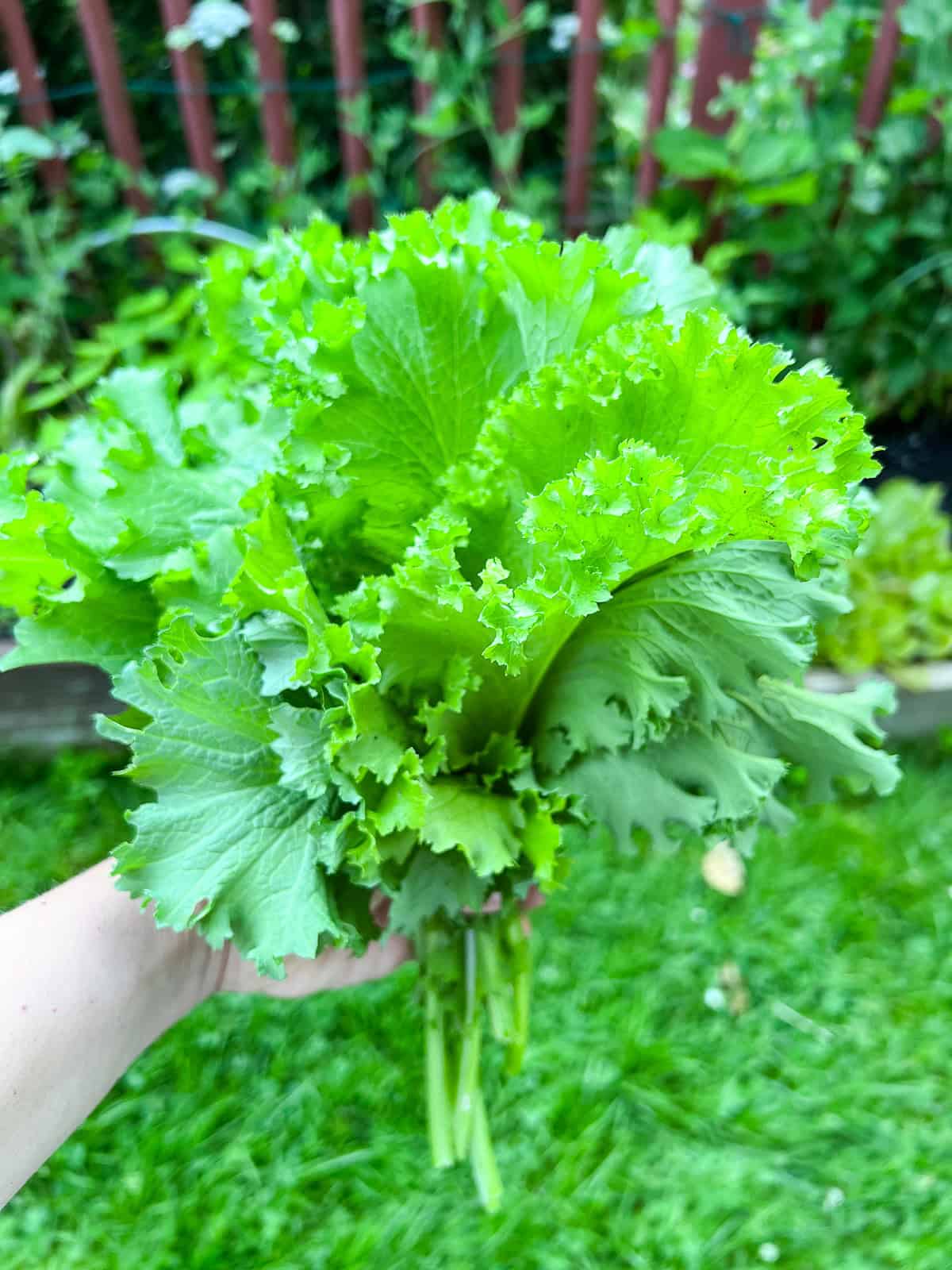
A bunch of "Southern Giant Curled Organic" mustard greens, an heirloom variety freshly picked from my backyard square foot garden.
Far from being overly piquant like I initially feared, I have come to appreciate a wide variety of mustard greens as ranging in tasty flavours from mild and spinach-like, to feisty and pungent. I have found that mustard greens grow well in containers and raised beds, in full sun to partial shade, so they are very forgiving plants for new and experienced growers alike.
Jump to:
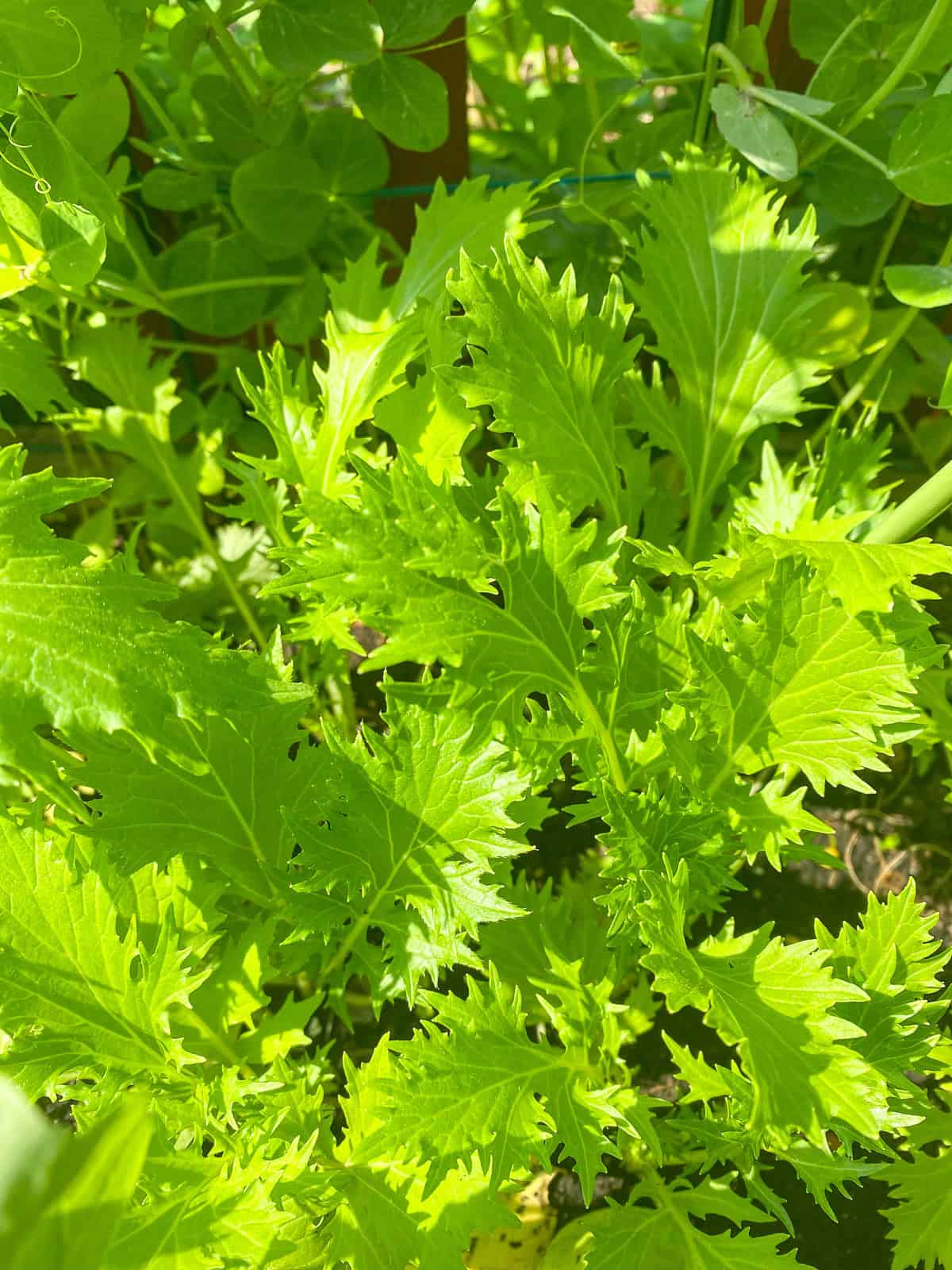
Mizuna mustard growing in the garden.
How to grow mustard greens
If I want to get a head start and get my mustard seedlings in the ground as soon as possible, I start my seeds indoors under grow lights, usually around early to mid March for zone 5 where I live. As soon as the seedlings have a set or two of true leaves, they can be planted outside with some frost protection while it is still very cold, and harvested as soon as there are enough baby leaves to pick.
If I don't have time to start seeds indoors, I plant them directly into raised beds or containers around April or May depending on the year's weather. Sometimes I plant them according to the proper SFG spacing and sometimes I just scatter the seeds in a square foot plot of my garden, or container, knowing that I will just harvest the leaves as baby greens.
Mustard greens, depending on the variety, can bolt once the hot weather sets in, so once I have harvested as much as I can in the late spring or early summer, I remove any bolted plants and free that garden space up for growing other summer greens. Once the weather gets cooler at the end of the summer, I plant more mustard greens for a late fall or early winter harvest, and using frost protection, I can keep harvesting leaves or plants until quite late in the growing season.
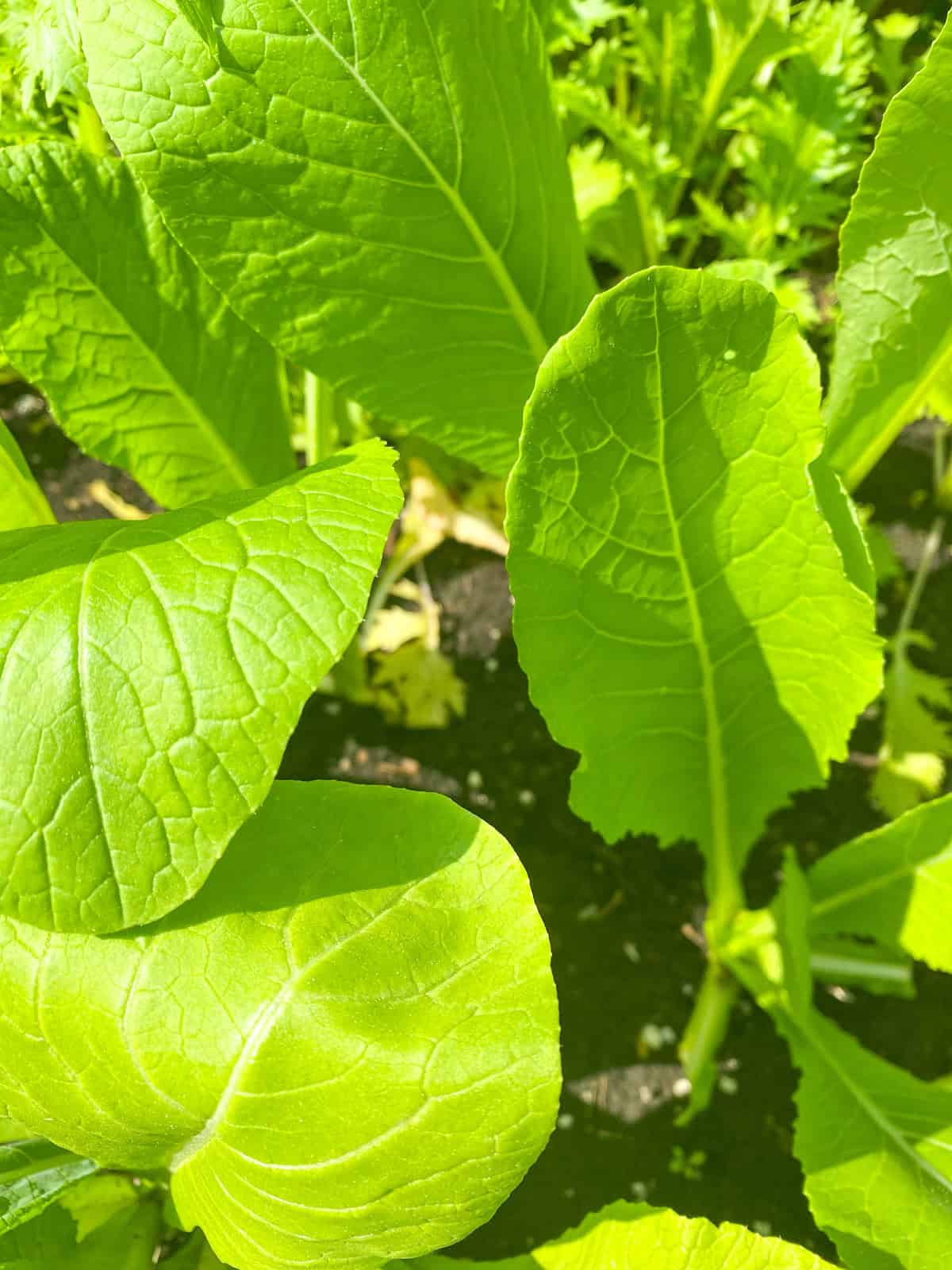
Komatuna mustard growing in the garden.
Varieties
While there are many varieties of mustard greens available, I have grown three varieties successfully and have come to learn that there is quite a range of size, appearance, and taste in the mustard greens family. Mustard greens are some of the first plants to produce harvests in the spring, and I always feel so grateful and satisfied to be eating my own homegrown greens in early spring, depending on when I started the seeds.
Giant Curled Mustard
This variety of mustard is similar to the usual selection found in a store produce section, at least where I live. It’s bigger, heartier and with a more potent mustard flavour than other varieties, although picking the leaves while still young and tender provides a milder flavour. I like to use this mustard mixed in with other greens when cooking to temper and enhance the flavours of the greens I'm working with, especially in recipes like Garden Fresh Furikake or Green No-Sausage Rolls.
Komatsuna Green
Komatsuna Green mustard is one of the two fast growing varieties I plant every year without fail. Also known as mustard spinach, as the name implies, the leaves are tender and mild in flavour, and can be used anywhere cooked or fresh spinach is used. This variety of mustard is also what is known as a 'cut and come again' crop, so you can harvest individual leaves repeatedly throughout the season at any stage of growth, or even cut the plant off above soil level and watch it regrow. Komatsuna Green is favoured as a cold hardy and bolt resistant plant, providing generous and long harvests, more than worth adding to your garden each year, as I do in mine.
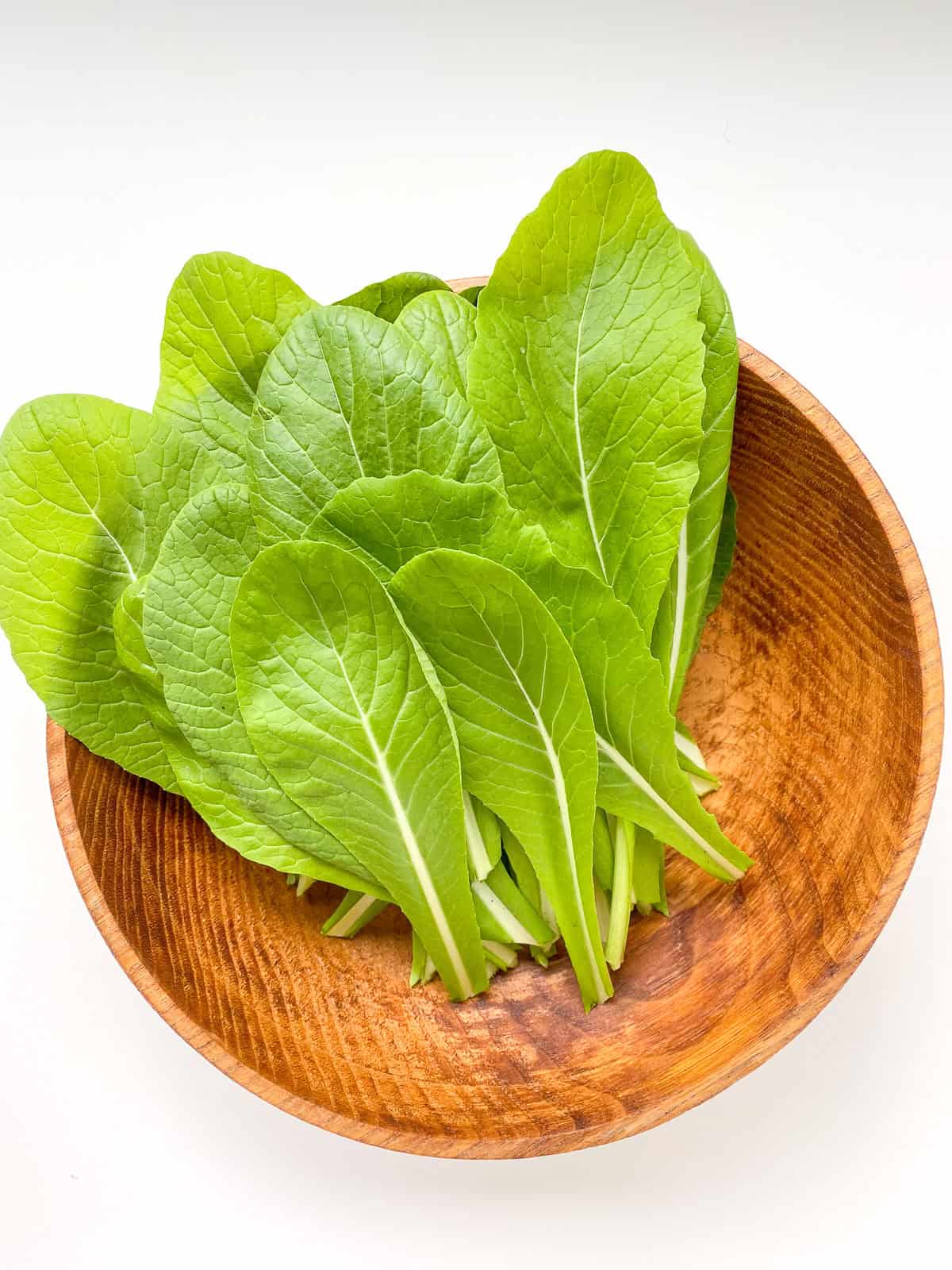
Cut Komatsuna mustard washed and ready for eating.
Mizuna
Another fast growing variety that I plant each and every year, Mizuna has a very different appearance with deeply cut, frilly, delicate leaves. Also a a 'cut and come again' crop, this productive green can be picked over and over for a long harvest window. Like Komatsuna, I will often sow these seeds in early spring and if needed, sow again in late summer/early fall so that I have plants available to harvest almost the entire growing season. I love adding mizuna to recipes like Spring Salad, to sandwiches, or anywhere that other fresh greens might be used.
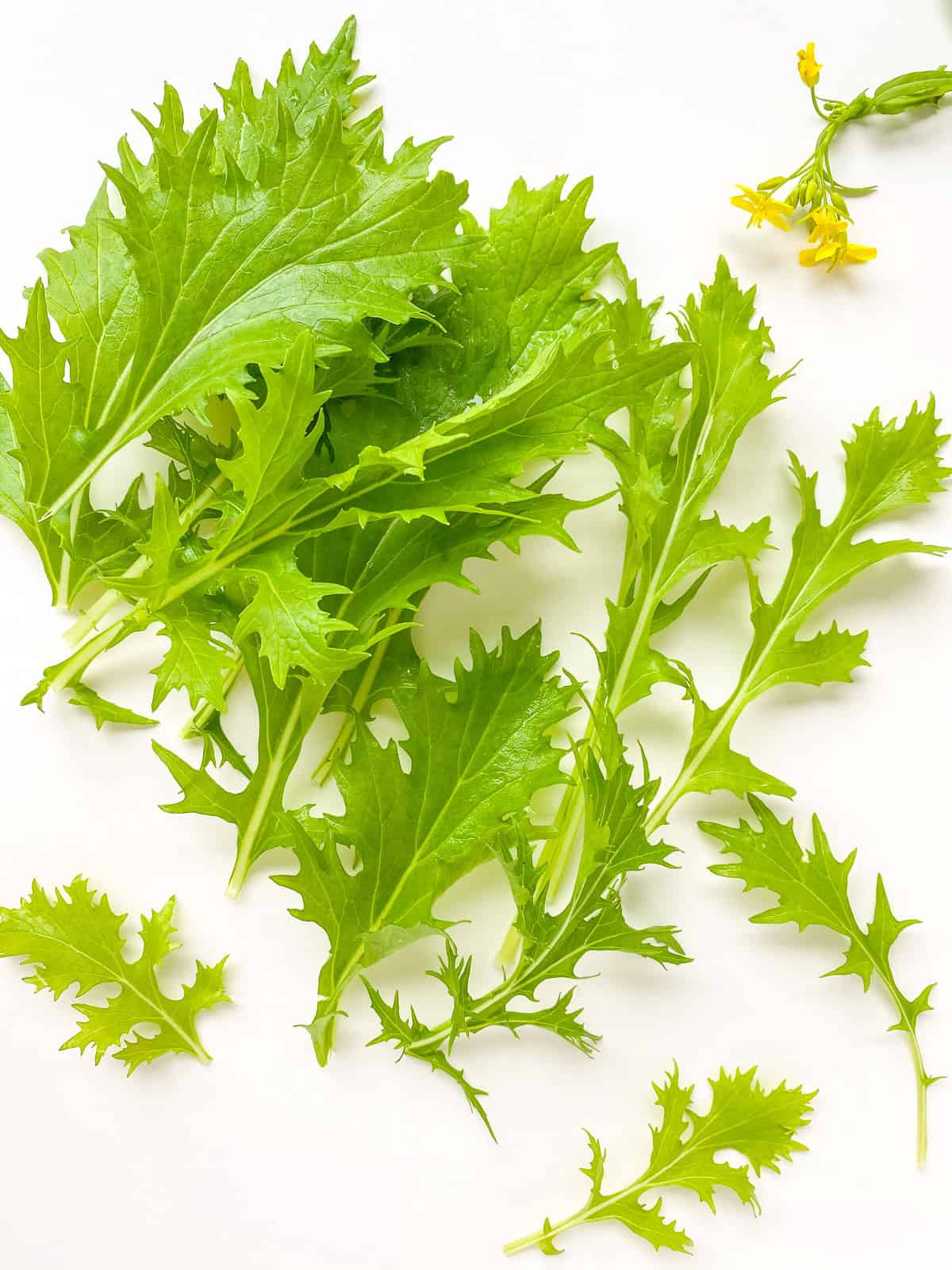
Mizuna mustard in all its frilly glory. I also like to include the pretty yellow flowers in salads, or dry them for future use.
Availability
Seedlings are usually available in the spring; make sure to source higher quality seedlings to keep your garden chemical, pest, and disease free.
If you’re looking for already grown mustard greens to purchase, you can find certain varieties at well stocked mainstream supermarkets, health food store produce sections, and farmers markets.
Resources
If you are looking for mustard green seeds there are many online sources: here and here are my favourite seed vendors that feature a large variety of mustard green types.

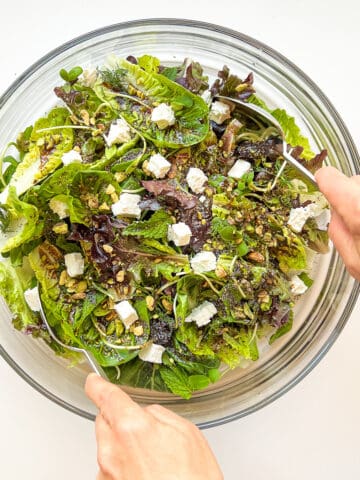
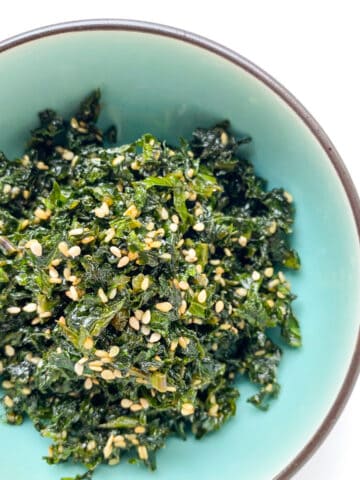
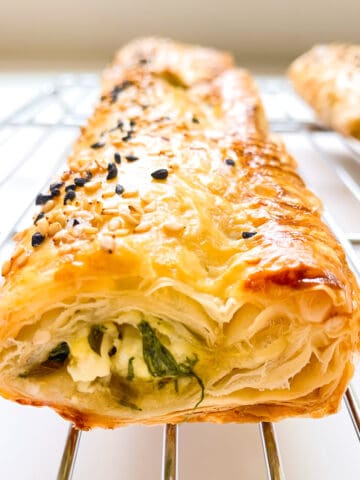
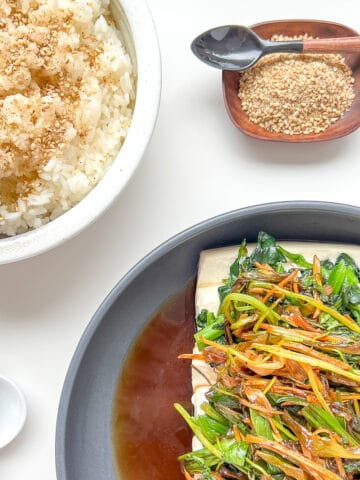


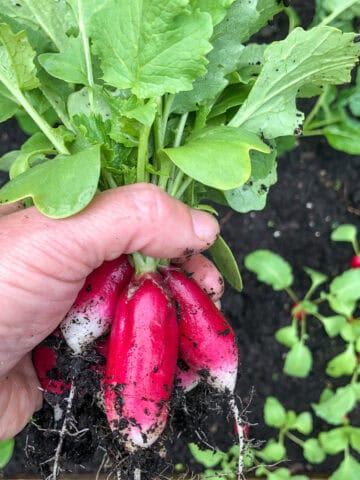

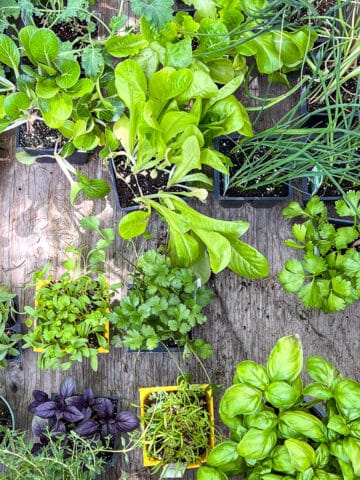
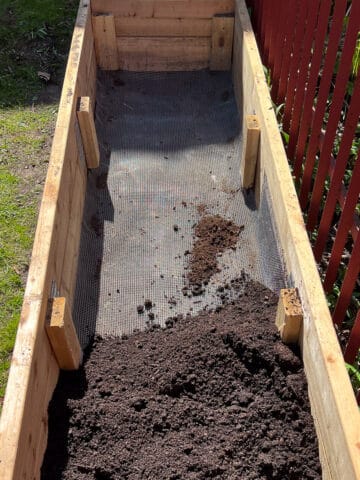
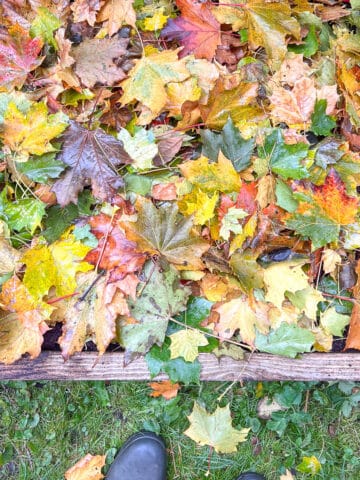
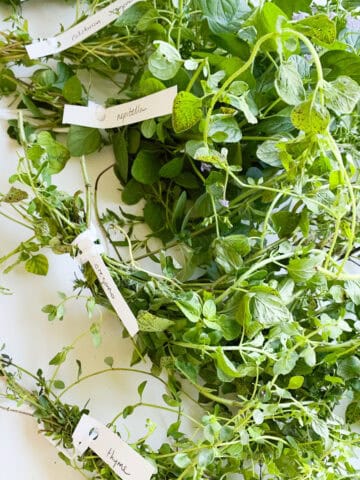
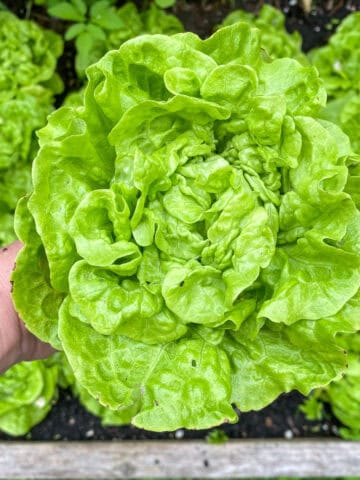
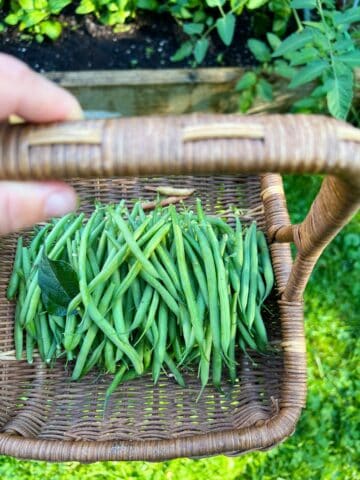
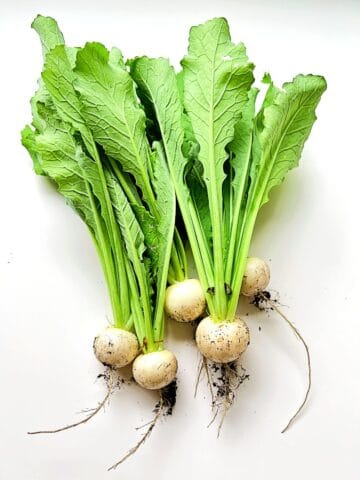
Leave a Reply